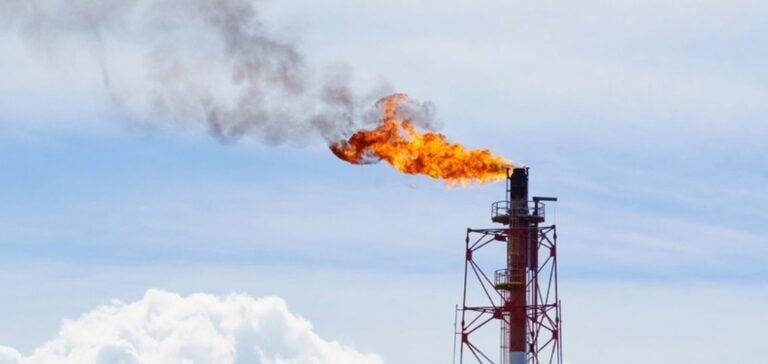Texas is experiencing an unprecedented increase in demand for natural gas for power generation this spring. The data show an average consumption of 4.3 billion cubic feet per day, far exceeding the average of the last three years. This trend is not new; since the beginning of the year, consumption has regularly exceeded that of 2023, regardless of temperatures.
Influence of low gas prices
Exceptionally low natural gas prices in Texas are attracting the attention of energy producers, particularly in the East where prices have fallen to historic lows. These market conditions are driving a significant shift from coal-fired to gas-fired power plants, with coal displacement currently estimated at around 5 billion cubic feet per day nationwide.
Weather forecasts and impact on demand
According to the National Weather Service’s seasonal forecast, Texas should experience above-normal temperatures this summer. This rise in temperature could lead to an increase in demand for electricity for air conditioning, which in turn would further boost electricity generation from natural gas, even as the share of renewable energies such as wind and solar on the ERCOT grid increases.
Regional and national consequences
The dynamics of the Texas gas market could have repercussions on a national scale, influencing energy production strategies and environmental policies. The increase in natural gas-fired power generation due to low costs could also affect debates on energy transitions and sustainable development in the United States.
The summer of 2024 could thus mark a turning point for natural gas demand in Texas, driven by low prices and high temperatures. This development underlines the growing importance of natural gas in the state’s energy mix, while raising questions about the long-term implications for energy and the environment.






















